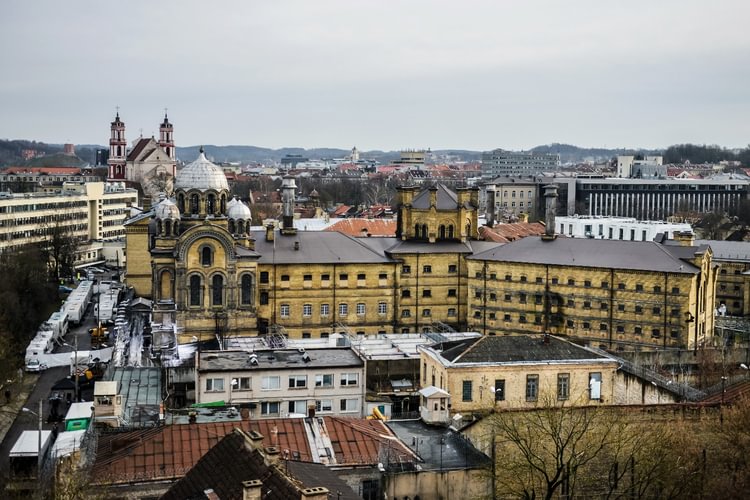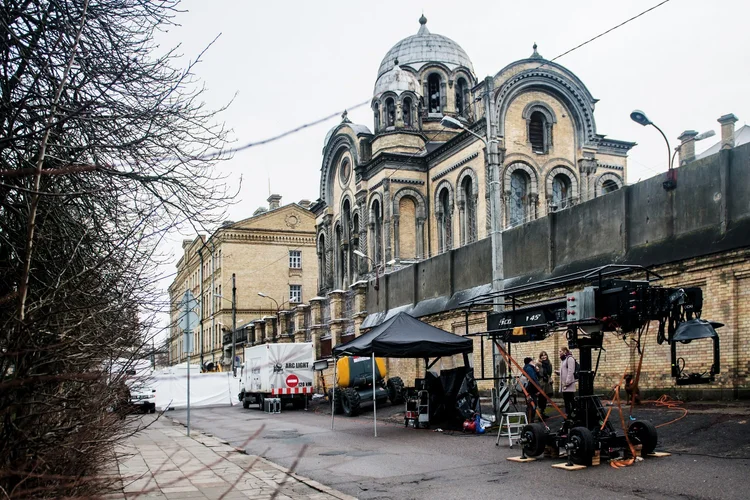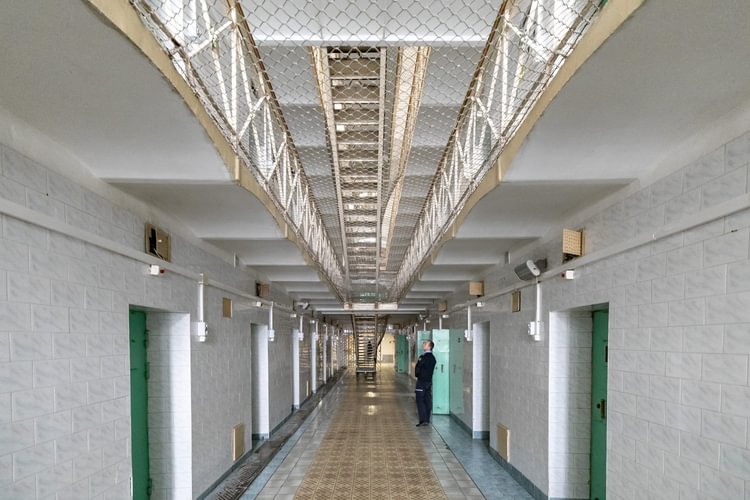Vilnius’ Most Famous Prison to Undergo Commercial-Cultural Conversion
Vilnius, Lithuanian capital, considers converting Lukiškės Prison complex, a former prison and one of the shooting locations for Netflix’s Stranger Things, into a multifunctional center to suit cultural, educational, scientific, artistic, and commercial purposes. Private sector investors will be able participate in the complex regeneration project, and present their vision for transforming the non-conventional object.
April 15, 2021. Lithuania’s capital is bringing its most famous prison, Lukiškės Prison, to second life. “Turto bankas,” an institution managing state real estate, is inviting private sector enterprises to express their interest in the project to convert the non-conventional Prison complex and make it a multifunctional centre of art, culture, and education.
Lukiškės Prison complex is located in the city centre, next to Parliament, the central business district, and the main high-street. The complex is currently leased to an event planning company who, with other partners, intends to host a number of cultural events and activities there. The prison has also recently attracted global attention as a shooting location for Netflix’s Stranger Things season 4. Built in the early 1900s with the capacity to house 700 inmates, the Prison complex has proved to be of cinematic value to the filming crew, which could explore the full potential of the haunting atmosphere.
The prison was closed in 2019, and now its six buildings—a hospital, administration buildings, and the Saint Nicholas Orthodox Church included—and an area of 2 ha offer a substantial space for public activities. For instance, a couple of years ago Vilnius celebrated alternative Christmas in the Prison yard. Artistic light installations presented the undiscovered side of the Prison, creating opportunities for other non-conventional innovations.
The regeneration project will involve upgrading a part of the complex for cultural and commercial purposes. The remainder of the complex would rely on the investments from enterprises to turn it into a reflection of a multicultural Lithuanian society, preserving the historical heritage in a multifunctional and sustainable way. The decision to regenerate the complex has been made after approving the Feasibility Study of Lukiškės Prison Complex, carried out by the Ministry of Finance of the Republic of Lithuania and “Turto bankas.”
Interested developers will be able to offer the preferred forms of cooperation, maintaining the commercial-educational balance within the object.
The regeneration project aims to possibly transform the dreary premises into non-conventional accommodation facilities, a food quarter, coworking spaces, a museum, workshops, leisure and entertainment spots. Bearing in mind the building complex is a cultural heritage object, all transformations would be limited to an extent.



